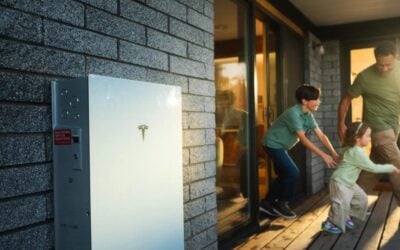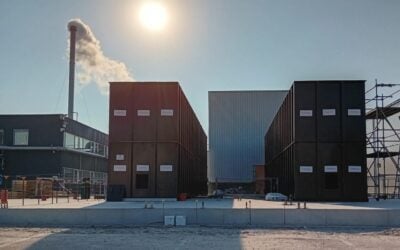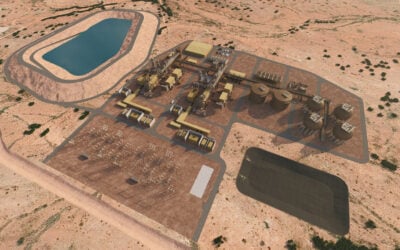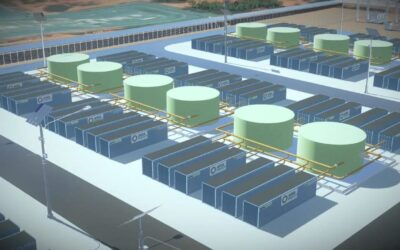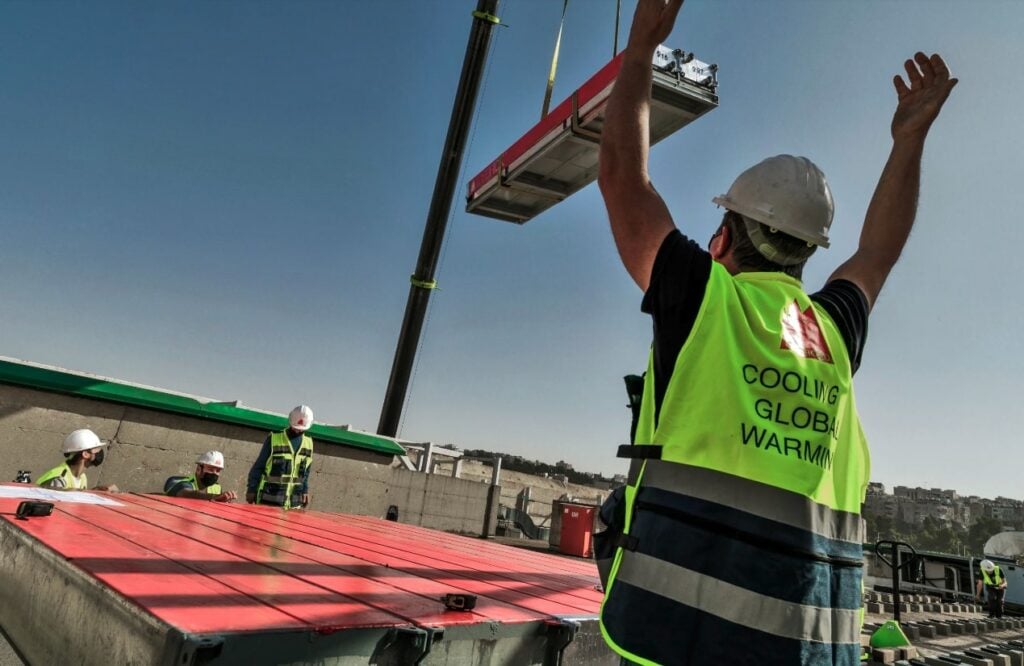
The US Department of Energy (DOE) Loan Programs Office has invited thermal energy storage startup Nostromo into due diligence and terms sheet negotiations for a loan worth up to US$176 million.
The Loan Programs Office oversees the granting of loans to support innovative energy technologies and projects. Having lain dormant during the Trump presidency, it was reopened for business early in Joe Biden’s term, with US$40 billion to disburse and solar industry veteran Jigar Shah at the helm.
In the past couple of years, it has committed just over half a billion dollars to a green hydrogen storage hub in Utah, provisionally agreed a US$850 million loan to battery and energy storage system (ESS) manufacturer KORE Power, as well as loaning US$375 million to battery recycler Li-Cycle, US$2 billion to another, Redwood Materials, and inviting zinc-air battery manufacturer Eos Energy Enterprises to apply for a loan, to name some examples most relevant to readers of Energy-Storage.news.
Meanwhile, Nostromo makes a thermal energy storage technology designed to increase the efficiency and reduce costs of cooling commercial buildings. Nostromo’s ‘IceBrick’ was described by the company’s CTO as a “water-based behind-the-meter (BTM) energy storage system” designed to be put on rooftops and replace the chiller compartment of conventional air conditioning systems.
Try Premium for just $1
- Full premium access for the first month at only $1
- Converts to an annual rate after 30 days unless cancelled
- Cancel anytime during the trial period
Premium Benefits
- Expert industry analysis and interviews
- Digital access to PV Tech Power journal
- Exclusive event discounts
Or get the full Premium subscription right away
Or continue reading this article for free
In 2021, founder and CTO Yaron Ben Nun told Energy-Storage.news that the tech has a round trip efficiency above 85% and can handle a 94% depth of discharge in every four-hour cycle. Basically, electricity is used to freeze water when the system charges, and the ice thaws to discharge the stored energy as required.
Nostromo manages its units in the field from a cloud-based management system, enabling them to also be aggregated into virtual power plant (VPP) type resources and provide demand side flexibility to local energy networks.
As might be expected, there are several stages to applying for a LPO, which the likes of Tesla have used successfully in the past to accelerate commercialisation.
In January, Nostromo said it had been invited to submit an application under the LPO’s Title XVII Innovative Clean Energy Loan Guarantee Program. Getting the loan, said to be worth up to US$189 million at the time, was contingent on Nostromo, which is listed on the Tel Aviv stock exchange, raising a capital contribution.
Yesterday, the company said the LPO had reviewed its application, determining it to be “highly qualified and suitable” for a loan guarantee under the programme, inviting Nostromo into the next stage of due diligence and term sheet negotiations.
The loan will be used to fund IceBrick projects at 120 buildings, claimed to represent 100MW/275MWh of energy storage. The installations will be offered to host building owners under energy-as-a-service contracts, whereby Nostromo will own the equipment and solutions, and get paid a regular service fee based on the IceBricks reducing the buildings’ energy costs.
Nostromo has done a handful of pilot deployments to date, including an IceBrick system at California’s famous Beverly Hilton and Waldorf Astoria hotels. The company said it is also registering to be eligible for resource adequacy (RA) credits in California from next year.
Thermal storage potential for half of global emissions
Thermal energy storage, for heating or cooling, has great potential to contribute to global decarbonisation. Heat processes account for roughly half of global emissions and according to a 2022 report from the Long Duration Energy Storage Council (LDES Council) trade group, thermal storage tech could comprise a roughly similar proportion of all energy storage deployments by 2040.
However, perhaps because thermal energy storage is a very broad definition, picking winners in the space has to date been difficult.
For example, the term encompasses everything from very high temperature devices designed to decarbonise sectors with very hard-to-abate emissions such as steel-making, to storing energy as heat in sand for district heating and hot water, technologies that promise to output both heat and electricity for renewable energy integration, and more.
Nostromo is fairly unusual in focusing on making air-conditioning – cooling – more efficient and manageable, rather than heating. In some ways, it could be considered a successor to Ice Energy, which had a technology that froze water at night using off-peak electricity ad used that for cooling during the daytime, but went into bankruptcy in early 2020.
Our publisher Solar Media is hosting the 10th Solar and Storage Finance USA conference, 7-8 November 2023 at the New Yorker Hotel, New York. Topics ranging from the Inflation Reduction Act to optimising asset revenues, the financing landscape in 2023 and much more will be discussed. See the official site for more details.

